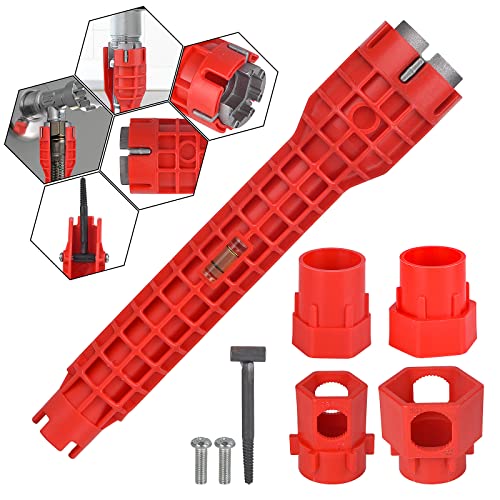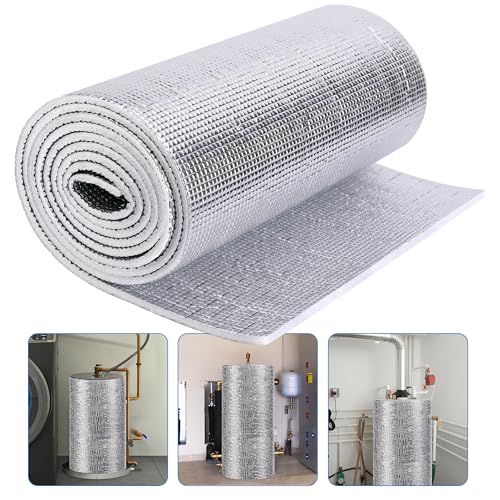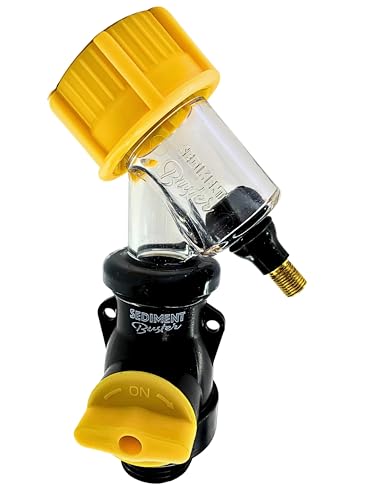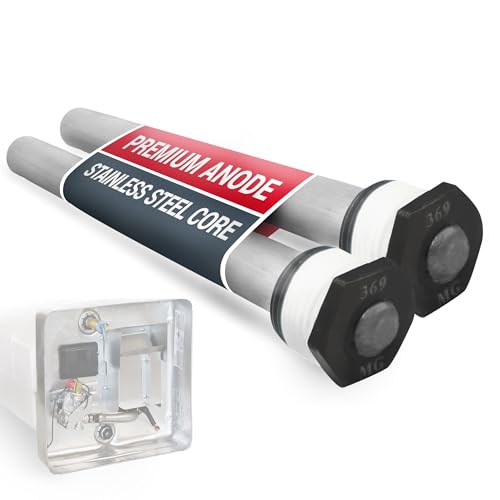- Joined
- Sep 28, 2014
- Messages
- 8,578
- Reaction score
- 2,977
after the circ line leaves the mech room where does it go?
I am wanting to know
1] how it ties in at the end of the run
2] what changes of elevation does it make?
3] fittings and valves in system
I am concerned that your pump only has a 3' head listed.
I see more than 3' 9'' of head in the mech room. and the water still has 50' to travel
I am concerned you do not have enough head pressure in that pump to circ the water
so ..in theory,, the water is not circulating it is sitting static
Features
I am wanting to know
1] how it ties in at the end of the run
2] what changes of elevation does it make?
3] fittings and valves in system
I am concerned that your pump only has a 3' head listed.
I see more than 3' 9'' of head in the mech room. and the water still has 50' to travel
I am concerned you do not have enough head pressure in that pump to circ the water
so ..in theory,, the water is not circulating it is sitting static
Features
- Silent operation
- Integrated external sensor cable - simply mount the sensor on the hot water supply pipe
- One-touch operation - settings are easily changed using only the fingertip
- 6 feet line cord
- Insulation shells for fast installation
- Lead free brass housing eliminates risk of corrosion
- Compact design facilitates installation in confined spaces
- Maximum flow 2.2 GPM (0.5 m³/h)
- >>>>>>>>>>>>>Maximum head 3.9 ft (1.2 m)<<<<<<<<<<<<<<<
- Liquid temperature 36°-203°F (2°-95°C)


























































